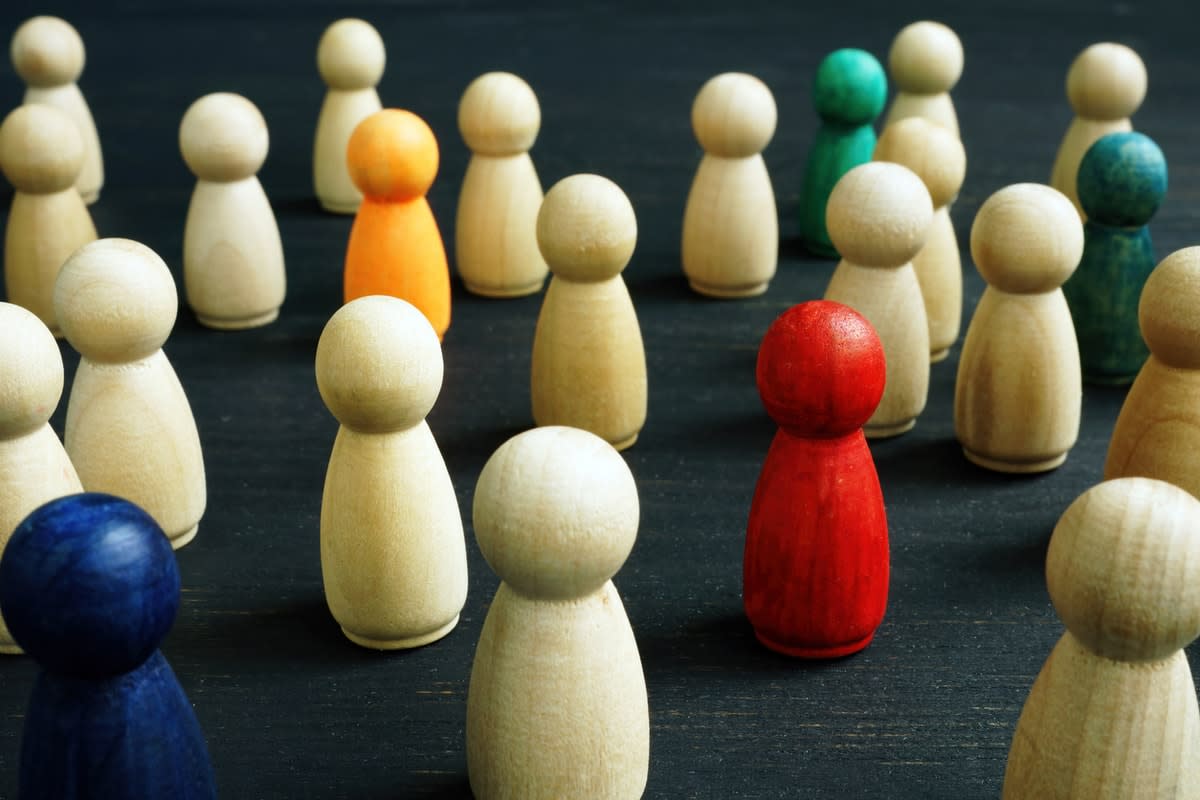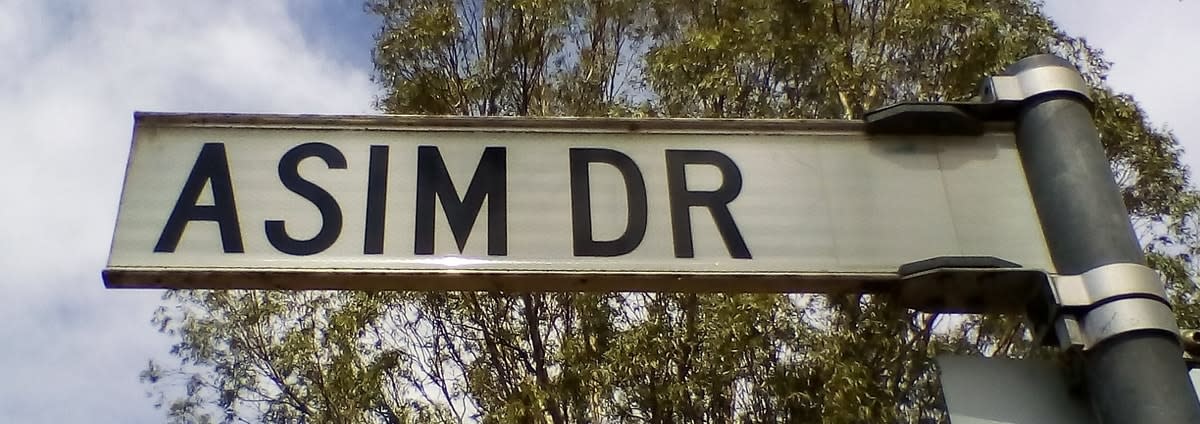The “multicultural imaginary” is a term newly coined by Associate Professor Helen Forbes-Mewett, a leading Monash University sociologist. She came up with it after a period of research in the regional Australian city of Shepparton, about two hours north of Melbourne.
But what does it mean? What’s the definition of multiculturalism? And why do communities imagine one thing when the reality is another?
Shepparton has long been known as a destination for migrants and refugees from Asia, the Middle East, India, Europe, and Africa.
The first wave of new residents – from Europe – started arriving after World War I. The first mosque in the state of Victoria, and one of the first in Australia, was built by Albanian Muslims in Shepparton.
Today, the local council boasts that the small city of 66,000 people has 30 nationalities and 50 language groups other than English.
“The reasons for this,” the City of Greater Shepparton says, “include our history of migration and reputation of welcoming new arrivals, social factors such as family or community members already living in the region, the lifestyle of a country town with the economic and employment opportunities of a city, and the agricultural industry.”

Narrative not a true reflection
Associate Professor Forbes-Mewett – Editor-in-Chief of the Journal of Sociology, and Multicultural Commission Regional Advisory Committee member – says she went north with a “perception of what I thought Shepparton was”.
“But then I found it was only partly what I thought. It’s really good on the surface, and has a lovely narrative of a welcoming place where migrants feel they can go and have a community already established there. But that isn’t very visible. There’s a pretence about it – a sense of, ‘How good are we?’.”
Read more: Tracing the impacts of the COVID pandemic on Australia’s fastest-growing migrant group
She stresses there’s nothing bad about where Shepparton has found itself as its population has grown and diversified. What she’s saying, in a paper published in April, is that aspects of the city’s “multiculturalism” are imagined, and even, at the furthest extreme, commodified as a marketing or public relations tool for the city to use in projecting an image.
It’s a version of true multiculturalism, in the sociological sense, where migrant groups live in the area but, basically, stick together. The community is not one, but many, doing things together and seldom mixing.
“Shifts have occurred in both immigration policy and multiculturalism that complicate the image of regional Australia,” she says.

Not showing the bigger picture
In the paper, Associate Professor Forbes-Mewett uses the example of the SBS television show Where Are You Really From? as promoting a “brand” rather than showing a bigger picture.
She writes that what’s really happening on the ground in migrant-rich Australian cities and towns in the regions is an “individualisation” of government policy regarding racism and discrimination, meaning that individual behaviours seen as bad for multiculturalism are monitored more closely than structural problems that “perpetuate disadvantage among ethnic minority populations through, for example, targeted welfare provision and positive discrimination”.
Targeted welfare is where groups are assigned welfare according to perceived needs. Positive discrimination is where a person gets special benefits based on race, gender, disability status or sexual orientation.
“Many cultures live side by side, but they don’t necessarily integrate.”
The paper also describes how responsibility for attracting and retaining migrants has been effectively outsourced from the federal government through state governments and into local governments and community groups, resulting in regional towns competing for migrants and promoting themselves as great places to be.
“Our findings suggest that a ‘multicultural imaginary’ is deployed in local contexts to solve the problems caused by the increasing intrusion of economic rationalism [stressing efficiency and productivity via deregulation and privatisation: ed] in areas of migration and settlement policy.”
Multiculturalism in sociological terms
She says what she saw in Shepparton was “what I would describe as a sociologist as real multiculturalism – different groups living separately. We throw around the term ‘multiculturalism’ as if it’s everyone living together, but in fact what it really means is living quite separately in their groups.
“Many cultures live side by side, but they don’t necessarily integrate.”
Associate Professor Forbes-Mewett, interested in what she saw in Shepparton, is now writing a second paper with her colleagues about bus tours that drive tourists and interested locals to multicultural events such as festivals and places of worship. She says these are really the only places to experience the diversity of a city like Shepparton, but it’s double-edged.
“Different ethnic groups go to great lengths to reach out and say: ‘This is who we are, please come to our place of worship, see who we are.’ What they seem to be saying, and seem to need to say, is: ‘Look, we are OK, we can be part of this community.’
“The onus is on them, almost, to say, ‘We are in the community’, and to convince others they’re OK.”






